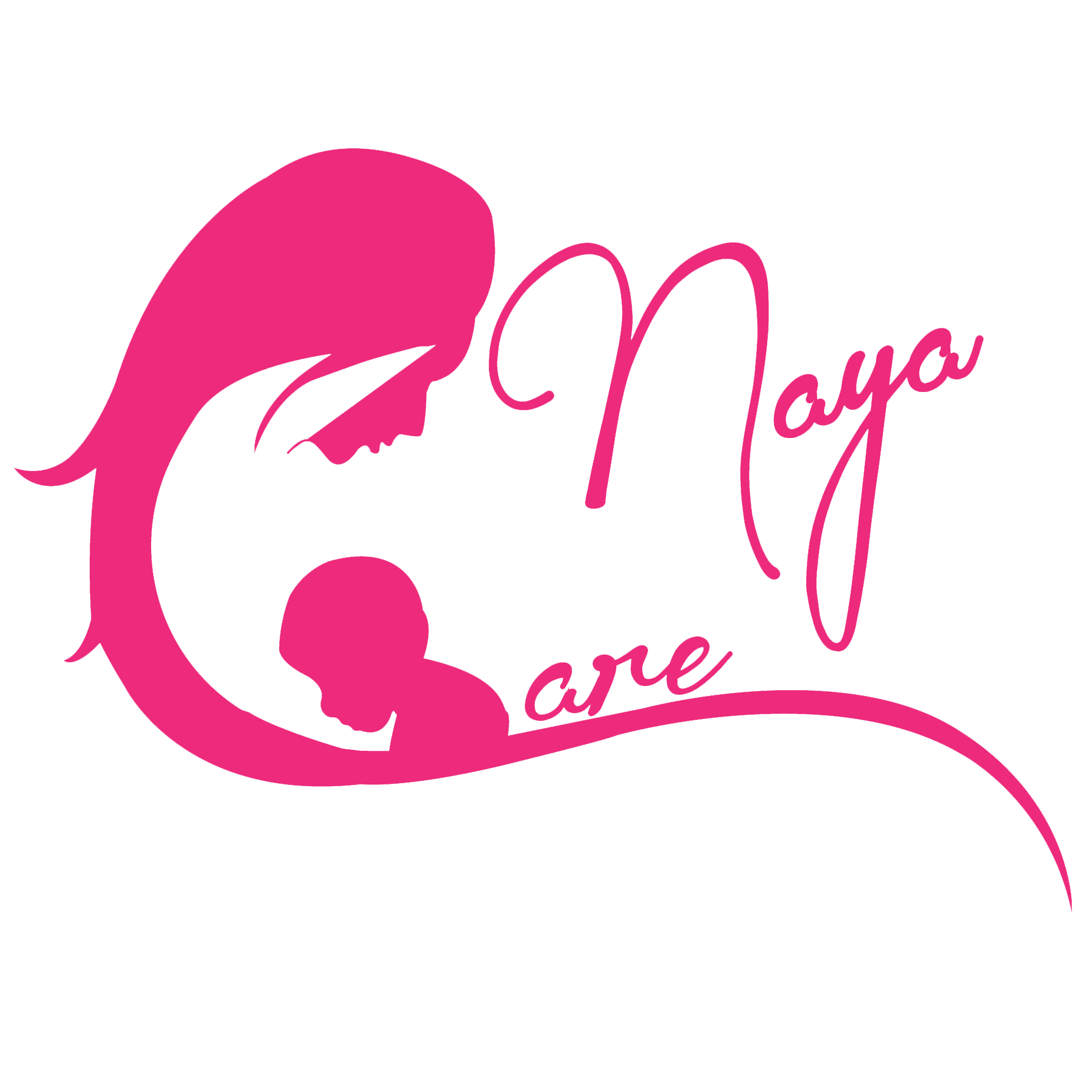
by Sonal Patel | May 20, 2021 | Articles
From a Maternal Health and Pediatric Physician: reasons why we, Physicians, are against Colorado HB 21-1232.
I am a Neonatologist and Pediatrician with a focus on delivering high quality care that supports maternal mental health. I have been a resident of Colorado since 2009. I feel it is important to publicly share my opinion regarding Colorado House Bill 21-1232 since it will impact my service to my patients.
This bill addresses rising health care costs by creating a Colorado Public Option. I support a Public Option; however, the way this bill is written it will close private practices in Colorado and will consolidate primary doctors to work within large hospital systems only or move. Primary doctors consist of pediatricians, internists, and family practice. Physicians serving your community and dedicated to providing preventive care to you and your family. Losing our primary care doctors will be a loss to Colorado. Before diving into the logistics of the bill, let’s start with some background: four years ago I left institutional hospital care and opened NayaCare, a newborn specialty clinic that comes to you. In my role as a Neonatologist, I worked at a local hospital. Over the years, I noticed more of my time devoted to patient medical documentation, attending meetings surrounding how to increase revenue via billing, and learning the complexities of insurance. I had less time for my patients and more energy directed on creating earnings. Leaving the hospital system and focusing on direct primary care including those with medicaid support brought me back to why I became a physician in the first place – caring for my patients, not the hospital’s volume targets or insurance company bottom lines.
Unlike many of the private practice and hospital-based practices, NayaCare managed to care for our patients throughout the pandemic without issues of people being unwilling to come in for office visits. Our in-home, come-to-you care model was already structured for the health and safety of our patients. In addition, we utilized telehealth visits to further care for and protect our patients during this vulnerable time.
Lastly, a note on how health insurance actually works. You, the patient, pays into a policy that supports your family. We, the physicians, are under contract with insurance. When you come to see us, we bill the insurance company for our services delivered. The insurance company, then, decides if they feel our billing/coding/charting suited their service model and pays us accordingly. We usually receive the reimbursement 2 months AFTER your service has been completed. Those insurance payments keep our office open, lights on, and staff employed. If we are not timely in our submission of claim of service, we can lose the money. This is why many clinics have opened a dedicated billing department. Moreover, if we challenge the payment back, we are usually caught up in months of debate, time taken away from our patients. Oh, and here is the kicker, some insurance companies can take back the money that was already allotted to us for the service rendered up to 7 years after the service has been completed. See, this is why we don’t like insurance either.
The bill, which is presented in a complex and convoluted manner, is ill-founded and the consequences of the precedence being created by it are not fully understood by the front-line physicians it directly affects. However, what is immediately made clear with this bill, physicians that do not comply with the participation mandate will be fined and eventually subjected to hearing defending their decision and medical license, putting all private practices and direct primary care physicians at risk of closing or moving. The only option for Colorado patients will be to seek care under large corporate hospitals and care groups that are more concerned with their bottom lines than the quality of patient care.
Also, highly concerning are the advisory board composition which includes only ONE physician seat and an insurance commissioner who has total veto power over the advisory board and who is appointed by the governor every 4 years. How will this board and commissioner model protect patients from a bill that is more concerned with special interests and the business of medicine versus the care of the people of this state?
Again, as mentioned above, I support the theory of a Public Option. This bill, at the bottom line, will drive doctors away from Colorado. I encourage our legislators to create a Public Option that actually serves Coloradans. From a patient perspective, insurance that brings quality care, removes burdens to access care, and renders coverage in wellness services to support preventive medical care. From a physician’s perspective, insurance that removes the cost and administrative burdens of insurance. Insurance that pays us on a timely basis and also is clear on service rendered and reimbursement given, no hidden tricks. A Public Option that does not deny care and places burdens on patients and physicians to defend the medical care decisions.
In a world of innovation, remove the barriers for the physician patient relationship. Stop creating more administrative, red tape layers and squeezing our time away from our patients. Stop making hurdles and mandates on how we should serve our patients. Stop dictating to us how we need to practice medicine and threatening us with penalties and medical license revoking warnings. Stop feeding into the business of medicine. Start supporting physicians and patients rights to deliver and receive quality medical care.
To learn more about this bill, click here.
To contact your Senator, click here.

by Sonal Patel | Apr 6, 2021 | Articles
For new parents, this is a constant ask and worry if they are doing the right thing. Commercials depicting a smiling baby lathered in gentle bubbles is an image most parents want to replicate. And like any aspect of parenting, there is the ideal image and then reality.
Newborns actually don’t like baths for a couple reasons. One, the bath environment is too cold. Getting out of a warm bath and hitting the cold air is not pleasant. Second, newborns like to be reminded of their womb; bathtubs can invoke the startle reflex in which babies get alarmed, stretch out their arms, and recoil. The startle reflex is actually an evolutionary defence mechanism from preys. Not a pleasant reminder when you should be relaxing. Going back to the happy baby bath commercials, next time, notice that those newborn are actually developmentally older babies.
So, are baths really needed for newborns?
Actually, no. At least not every day. Infants do not get dirty enough to require daily baths, and daily bathing will dry out their skin. Through the first year, three baths a week is more than enough. Also remember, the umbilical cord stump needs to fall out prior to the first bath. Sponge bathing is appropriate for newborns.
To ensure a better bath experience for both parents and babies, do the following: Warm the room in which you bathe to 75° F. Gather towels, soap, a diaper, and clean baby clothes before you start. It is often easier to bathe your baby if you have two people doing the job.
Fill the sink or bathing tub with water that feels comfortably warm to your elbow, but not hot. Put in enough water to cover your baby so they don’t get cold. Gently ease your baby into the water holding securely in your arm.
There are a couple of different ways to hold your baby for a bath and you can choose what is more comfortable for you. One way is for your baby’s head to rest in the bend of your elbow or on your forearm with your hand holding her arm securely. The other option is to support your baby’s head in your hand and have their body submerged in the bath.
Wash your baby’s face and eyes with water only, no soap. You may add a bit of mild hypoallergenic baby soap to the bath water and wash their body. You can wash their hair next. Scrub baby head with a soft nail brush (you can take the brush that is used in the hospital to wash your baby’s hair.) Scrubbing your baby’s head with a little soap and this brush twice a week may help prevent cradle cap. Don’t forget to clean in the creases and under the neck.
You can also wash your baby’s hair after drying her from the bath. Wrap her in a warm towel (heated in the clothes dryer) to help keep her warm. Hold her head near the faucet, and wet and wash her hair. Gently dry thoroughly getting creases as well.
Many newborns have some areas of dry skin that go away on their own. During the newborn stage, babies usually do not need additional lotion on their skin. Some babies have skin that is very dry and splits, especially around the ankles and hands. You can put olive oil, Vaseline/Aquaphor, or A‑D ointment on those areas.
If you want to use lotion, choose one that does not have perfume or dyes, such as Cetaphil or Eucerin. Bathing and soap are drying to your baby’s skin, so don’t bathe your baby too often and use only a small amount of soap on your baby’s skin.
Just like any experience with parenting, if it’s too overwhelming to bathe then there are alternatives such as sponge bathing your baby.
Check out more content on our blog.

by Sonal Patel | Sep 4, 2020 | Articles
I ring the doorbell, waiting patiently outside. I hear a weak “coming” and some shuffling. Who greets me is a mother in her robe, hunched over at the waist, supporting her protruding postpartum belly. Her hair is disheveled. Her mask is revealing exhausted eyes with attempted mascara to look a “little freshened up,” she confesses a little later.
“My husband is just getting the baby; please come in.”
Read the full post at kevinmd.com.
Explore other articles from Dr. Patel here.

by Sonal Patel | Feb 26, 2020 | Articles
I remember lying in my bed after my second delivery in severe pain. With my first delivery, I had already endured a C-section. Four years later, I wanted to experience a “natural” delivery. I opted for a vaginal delivery after C-section (VBAC).
The VBAC quickly turned into an emergency where the maternal-fetal medicine (MFM) physician gave me two options: Get this baby out now or emergent C-section.
My mind flashed back to the arduous recovery of the C-section. I really wanted to avoid that path.
With the help of forceps and a couple of pushes, my baby was born. Drugged up on happiness and medications, I did not realize that the forceps had literally torn me up below, and I had sustained a grade-3 and -4 vaginal tears.
Now, back home, the pain came in waves. Trying to balance breastfeeding, pain medications, treating a uterine infection, and just to use the bathroom without feeling every stitch, I just lay there overwhelmed.
My favorite position to breastfeed with my C-section was side-lying. A position in which mom and baby lie down and face each other. I quickly taught my second son this position as well. Though my third and fourth sons’ delivery was easier, I employed this method of nursing. Side-lying allowed me to rest, recover, and heal in my postpartum period. Nestled with my baby, I would fall asleep and bed share.
I am a board-certified pediatrician further trained in neonatology, and a breastfeeding specialist as a certified lactation educator (CLE).
Read the full post at kevinmd.com.

by Sonal Patel | Aug 28, 2018 | Articles
My passion is simple, improving postpartum care for moms and newborns in the United States.
The period right after delivery and up to 4 months is defined as the postpartum period or considered the 4th trimester. Within this period, moms are recovering from a delivery, attempting to heal, trying to breastfeed, take care of themselves, their baby, and family. This period is also a critical time for establishing the mother-newborn bond that will directly influence infant and childhood development.
The postpartum period should be a time of healing and bonding at home. However, in the current state of healthcare, challenges have emerged to create a system that does not effectively address the needs of both moms and babies. Rather the system has become fragmented and places pressures on motherhood.
One can argue when motherhood actually begins. I believe it’s when you give birth and hold the baby in your arms for the first time. This is when the reality of motherhood hits. This is when the questions and advice start pouring in: Are you going to breastfeed? Is your baby getting formula? Make sure to sleep when the baby is, and in between feeding and changing every 2-3 hours, make sure to take care of yourself. After leaving the hospital, you need to go your first pediatric appointment. If you are having trouble with breastfeeding, there is a support group to attend on this side of time. Feel like crying all the time, there is a postpartum depression support group on the other side of town. From the birth of that child, motherhood has become exhausting and care dispersed.
In an era, where anything can be delivered to the house by a click of a mouse, why can’t we deliver healthcare to moms and newborns at home? Before addressing that question, let’s explore the current state of postpartum care here in the US through four stories. My four stories in which I had four different outcomes but went through a generic system of care.
Read the full post at Women in White Coats.





